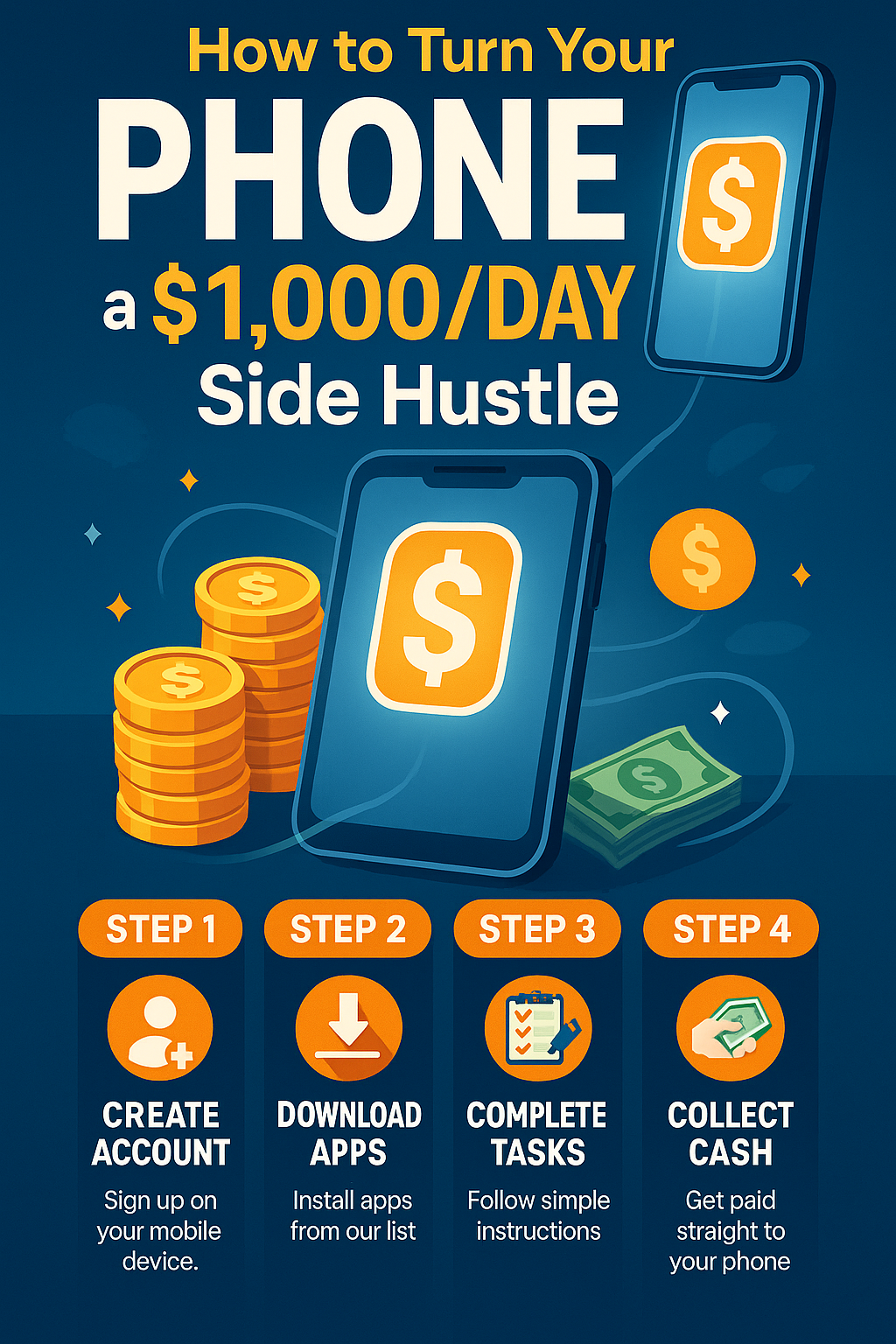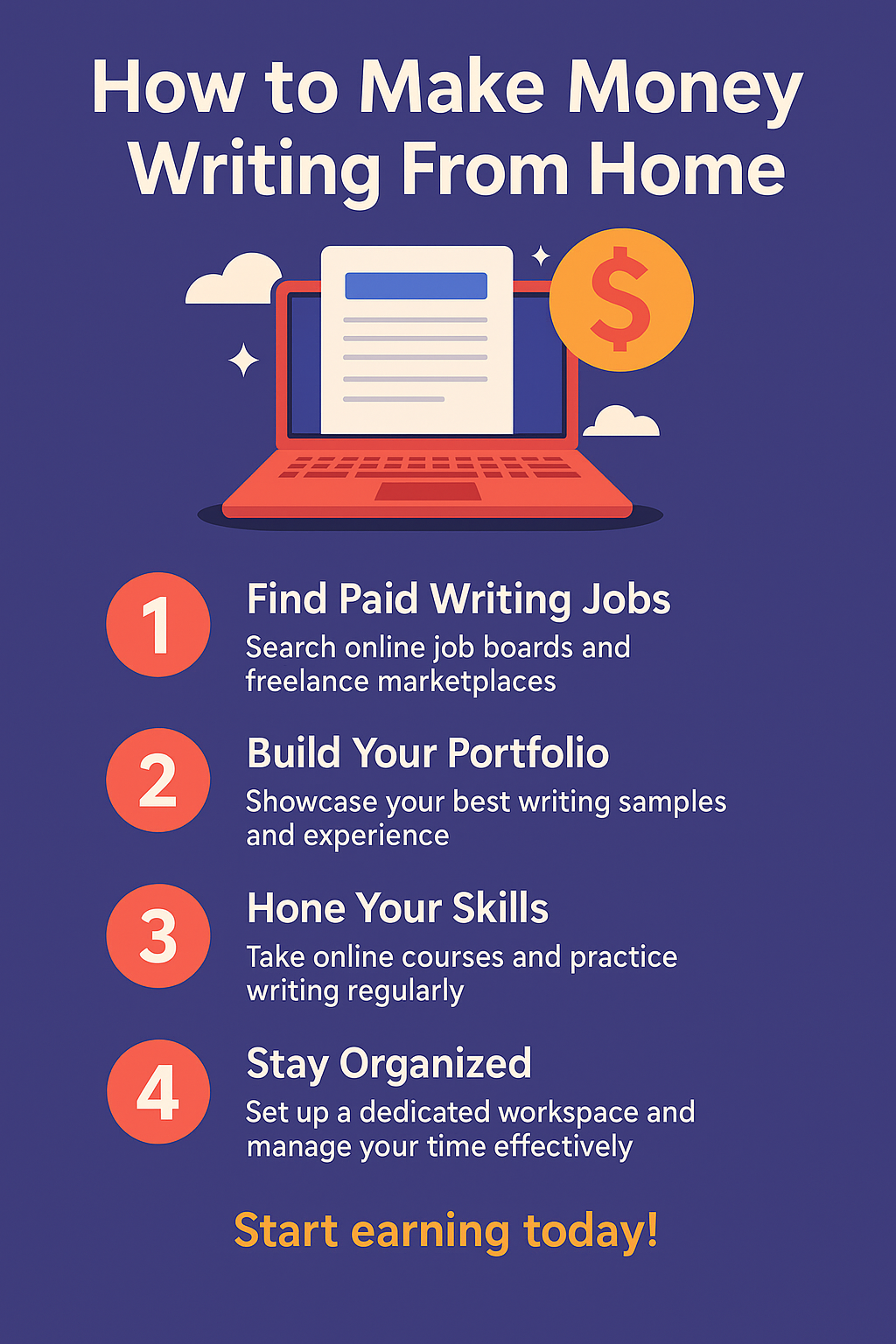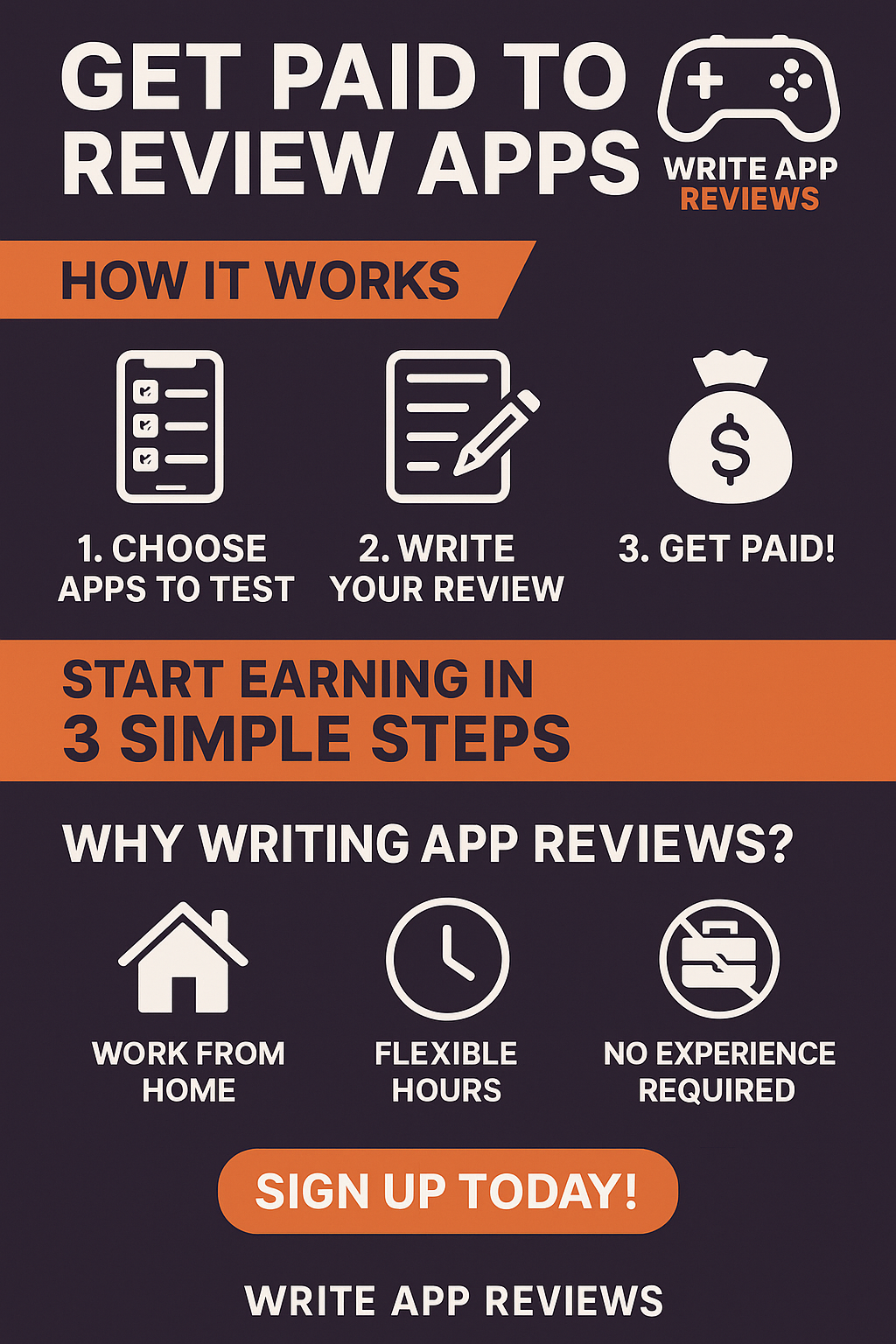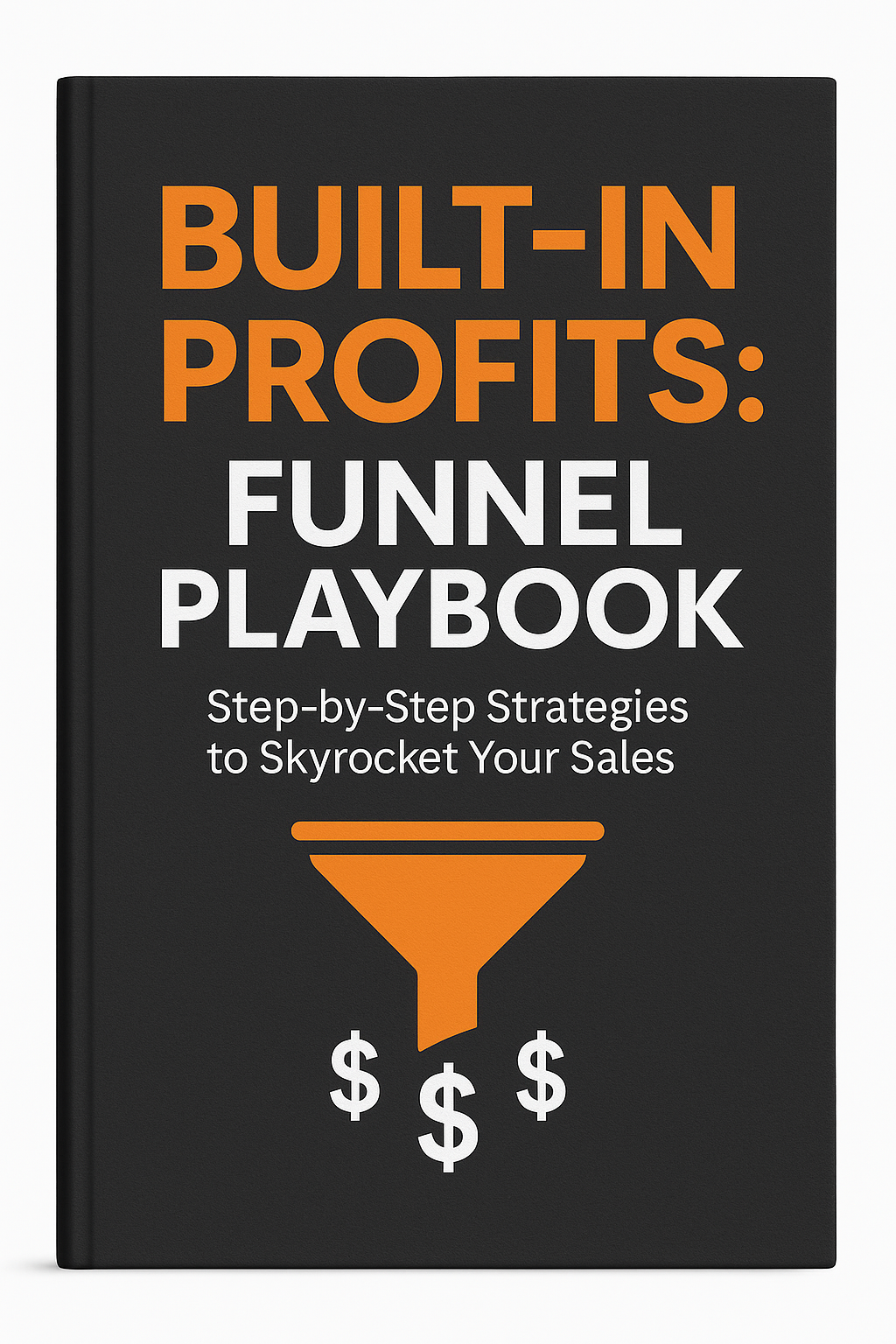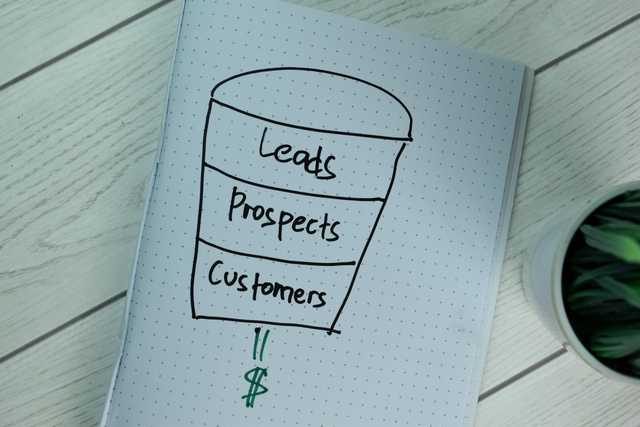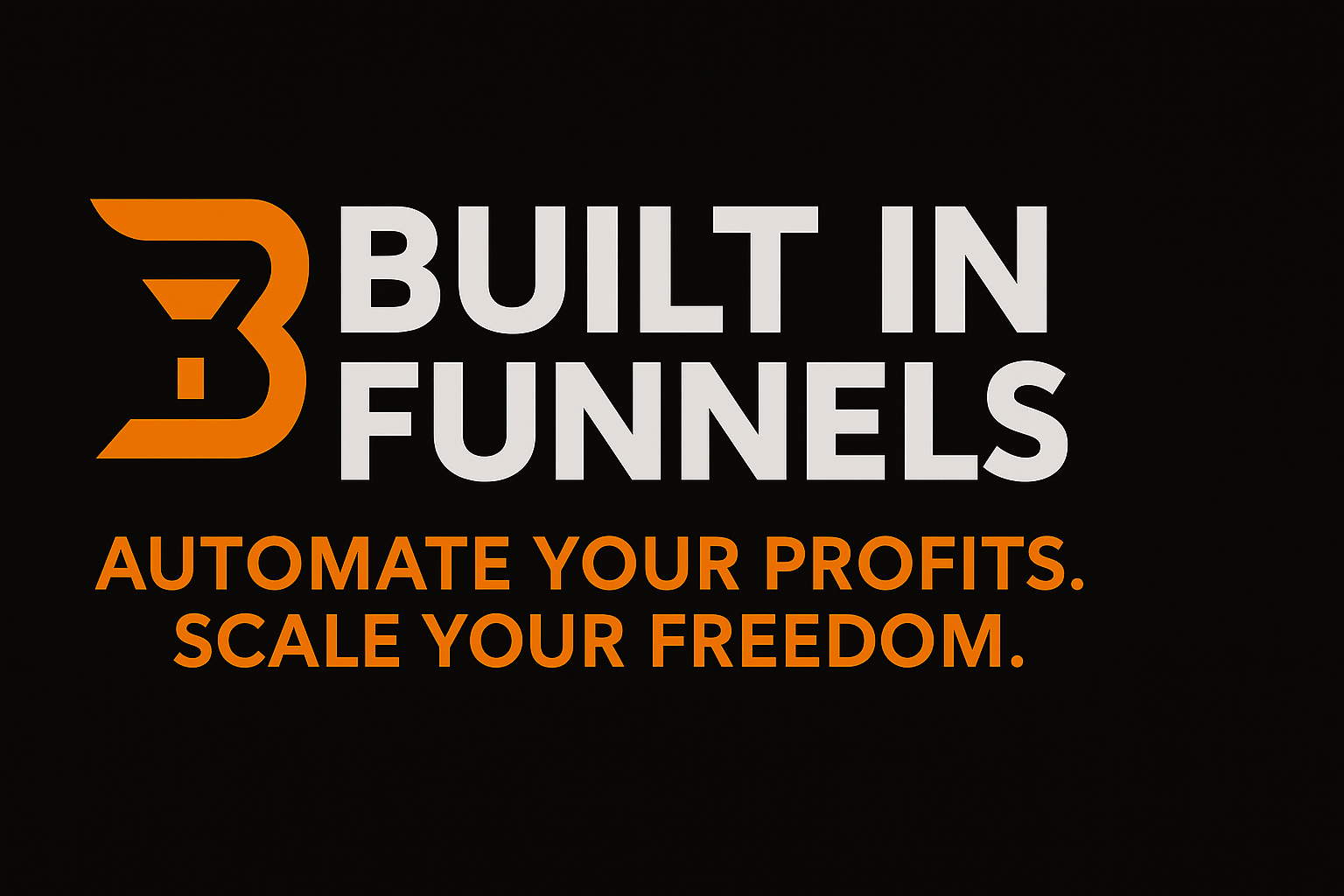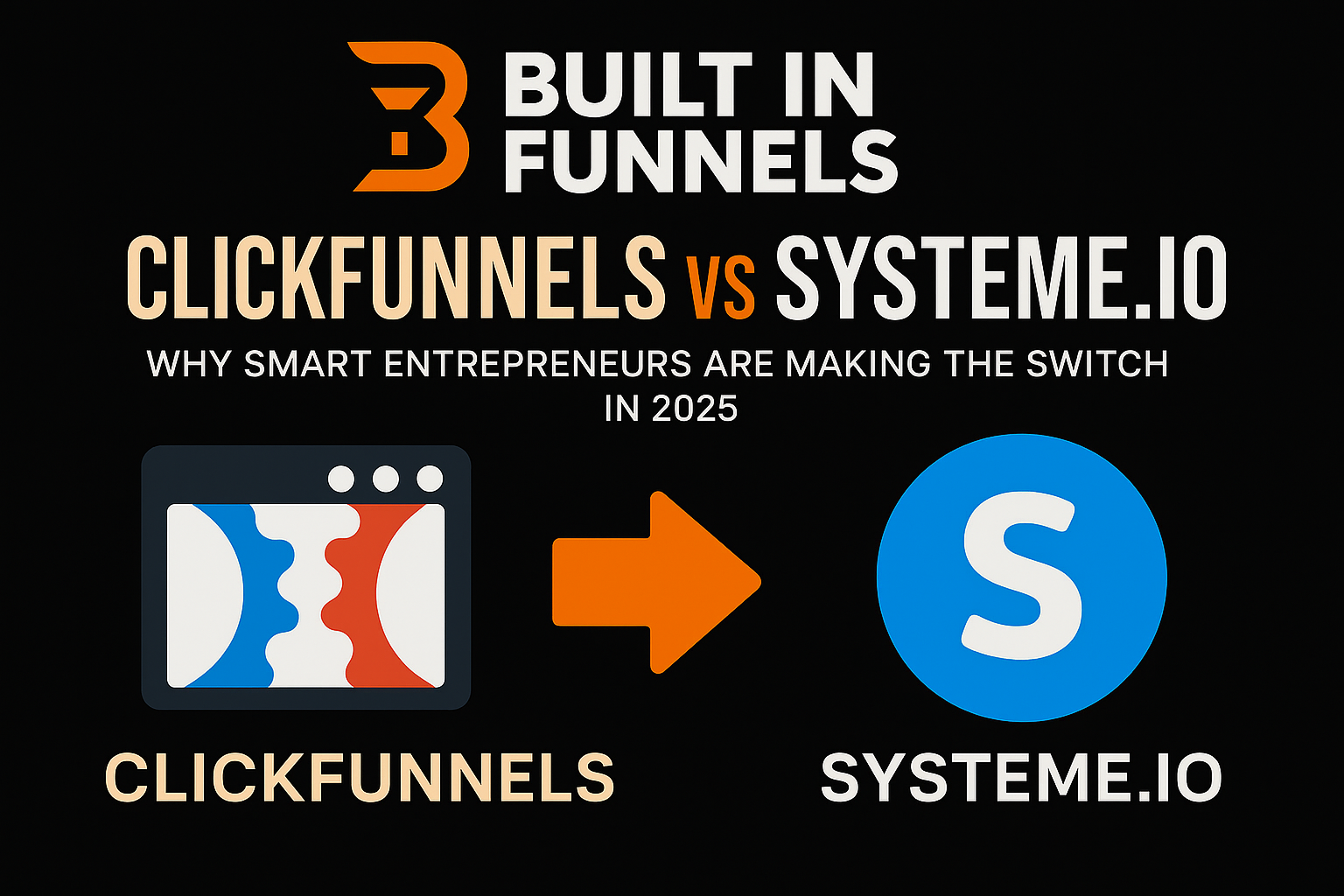Why Revenue Funnels Are Essential for Online Growth In today’s competitive digital world, building revenue funnels isn’t optional—it’s essential. Whether you’re an affiliate marketer, content creator, or small business owner, an optimized revenue funnel can turn casual visitors into loyal customers, all while working on autopilot.
This guide walks you through each step of building a high-converting funnel that not only drives traffic but also maximizes your earnings and frees your time.
Unlock the path to consistent, scalable income with this beginner-friendly guide to building high-converting revenue funnels. Learn how to structure, automate, and optimize your funnel for long-term results — no tech overwhelm required.
This guide walks you through each step of building a high-converting funnel that not only drives traffic but also maximizes your earnings and frees your time.

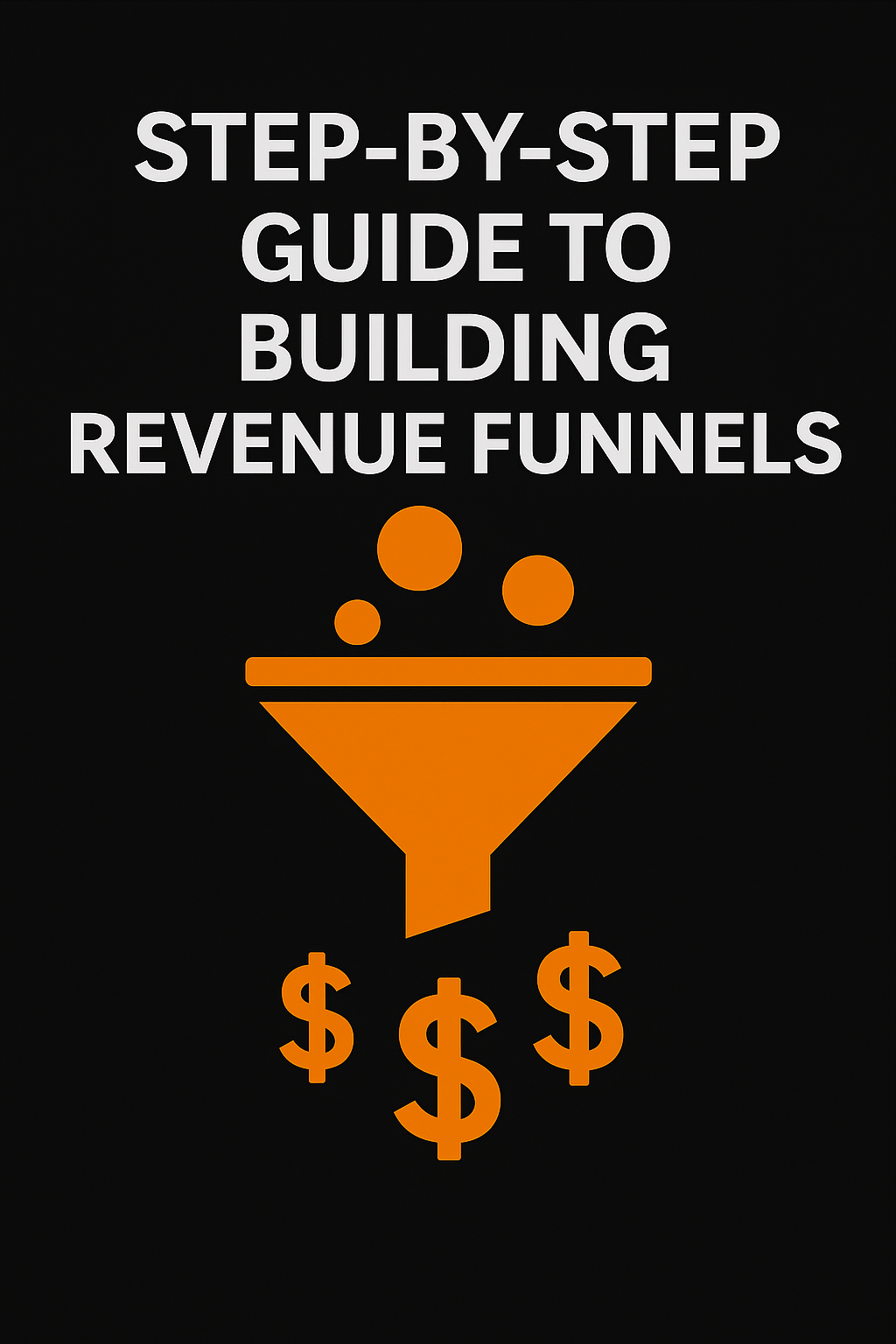
Step 1: Identify Your Audience and Offer Before you build anything, clarity is key.
- Who are you targeting?
- What specific problem are you solving?
- What product, service, or lead magnet will you offer?
Use this foundation to inform the design of your funnel, messaging, and platform choices.
Step 2: Choose the Right Funnel Type Not all funnels are created equal. Choose based on your goal:
- Lead Generation Funnel: Offers a free download to collect emails.
- Sales Funnel: Designed to convert a lead into a buyer.
- Affiliate Funnel: Promotes other people’s products with your tracking link.
- Webinar Funnel: Converts through high-value live or pre-recorded events.
Step 3: Set Up Your Funnel Infrastructure Recommended tools:
- Systeme.io – for drag-and-drop funnel building
- Make.com – for automating lead capture, emails, and task flows
- MailerLite – for email automation
- Pretty Links – for tracking and cloaking affiliate links
These platforms integrate well to streamline your entire funnel.
Step 4: Craft a High-Converting Landing Page Your landing page must:
- Speak directly to the pain points of your audience
- Have one clear CTA (Call to Action)
- Include testimonials or proof if available
- Be mobile-friendly and fast-loading
Tip: Use contrasting buttons, short benefit-driven headlines, and limited navigation to keep users focused.
Step 5: Automate the Follow-Up Use email sequences to build trust and provide value:
- Welcome Email: Deliver the freebie, introduce your mission.
- Nurture Series: Teach, inspire, and relate to the subscriber’s pain points.
- Conversion Sequence: Share your offer with urgency and bonuses.
Step 6: Drive Traffic to Your Funnel Options include:
- Organic content (blogs, Medium, Pinterest, X)
- Paid ads (Meta, YouTube, Google)
- SEO-driven articles linking into the funnel
- Social media video shorts and carousels
Consistency beats intensity.
Step 7: Optimize and Refine Funnels are living systems. Use analytics to:
- Improve headline and button CTRs
- Test new offers or lead magnets
- Refine email open and click rates
- Use heatmaps to understand user behavior
Conclusion: Funnels That Work So You Don’t Have To Building a revenue funnel is one of the smartest investments you can make as a solopreneur. Once it’s live, optimized, and paired with the right tools, it becomes a 24/7 income engine that lets you focus on growth, content, and creativity.
To shortcut the learning curve, grab our free Funnel Playbook or explore our full automation toolkit to start building today.

